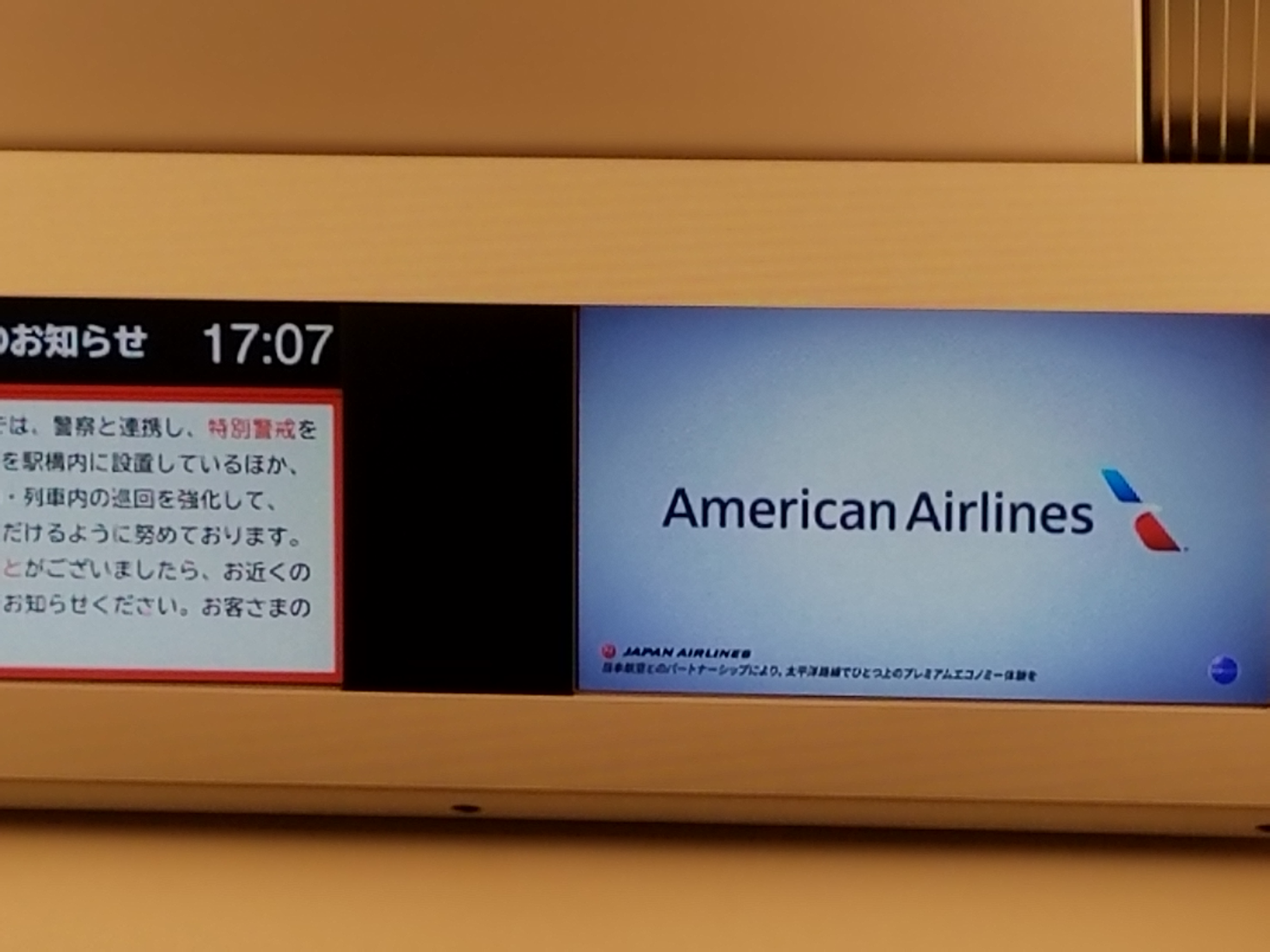Based on a new agreement between the US and Japan, the US Department of Transportation gets to allocate 12 day time slot pairs for service between the US and Tokyo’s close-in Haneda airport starting with the 2020 summer travel season.

Tokyo Narita is in Narita and Not Tokyo
Currently US airlines have just 5 slot pairs so this is a huge increase. Today American has LAX, Delta has LAX and Minneapolis, United has San Francisco and Hawaiian has Honolulu.
The DOT has issued its preliminary ruling, and here’s what they’ve granted:
- American Airlines: Dallas/Fort Worth; Los Angeles
- Delta Air Lines: Seattle; Detroit; Atlanta; Portland, Ore.; Honolulu
- Hawaiian Airlines: Honolulu
- United Airlines: Newark, N.J.; Chicago O’Hare; Washington-Dulles; Los Angeles
Delta got the most — 5 flights and almost everything they asked for. They wanted two Honolulu flights, and the DOT did give two frequencies to Honolulu but the other one went to Hawaiian. The expectation here is that Delta could stop serving Tokyo Narita altogether. They now see Seoul as their connecting hub in Asia, through their joint venture with Korean Air, and really just fly to Tokyo as a destination. Haneda is much better suited for the local market.
United got two-thirds of its ask. They wanted Houston and Guam service as well as what they’ve been awarded. I’m not really sure it made sense for DOT to add more Los Angeles service — for both United and American — but what United got was its top priority asks.
American only got half of what it was asking for. They wanted two Dallas flights and they only got one, and they wanted a Las Vegas frequency which the DOT passed on. American got its first and second priorities from its application, though it argued that anything less than giving it everything it asked for would be bad for competition.
DOT found it pretty easy to pass on Las Vegas service,
The Department recognizes that Las Vegas is the fifth-largest mainland U.S.-Tokyo market, however, American proposes to offer connections to only five U.S. points over Las Vegas, four of which are being tentatively selected in this proceeding for nonstop U.S.-carrier Haneda service of their own.
…[C]onsidering the carrier’s placement of this proposed service as its lowest-ranked priority, the Department has tentatively decided not to make an allocation for American’s Las Vegas-Haneda proposal.

American advertises on the 75 minute Narita Express journey to Shinjuku
The Department rather scoffs at the notion of giving United a Haneda slot for Guam, “United’s Guam proposal would require the allocation of a scarce Haneda slot pair to provide short haul flights in a leisure oriented market.” In fact it’s precisely because it’s a short route that the distance from Tokyo Narita to the city itself makes up such a large portion of total travel time. If I feel bad for any actual passengers considered in applications, it’s those in Guam who have lost significant service from the largest carrier in the market in recent years (United) and seen another pull out (Delta).
All of these flights have to start by the end of June 2020, and none can go dormant more than 90 days once they’ve commenced service, or the route authority may be taken back by DOT and awarded to another airline.
None of these awards are final — yet. Airlines get to object to the DOT’s plan by May 30. Then they get to respond to each other by June 10. And then the DOT has to consider those comments and explain either how they’re going to change their plan or why they aren’t persuaded by the objections.


Are these all potentially net new routes? Or just shifting existing routes from Narita to Haneda? I’m planning on using points to send my parents to the 2020 Olympics, but they are older, and I want to avoid such a long flight in economy if I can. Anything that increases the chances of available business class award seats to Japan is a big plus for me.
Sounds like AA screwed up by asking for two DFW instead of one and an LAS instead of somewhere like ORD or PHL
Wasn’t there some strong suggestion that these new slots were specifically supposed to not replace the Narita slots?
UA’s service from EWR and LAX to HND will add to their NRT flights from those cities. I think HA’s HND service will also add to their NRT service.
@Paul – I don’t think AA screwed up. I don’t think AA really wants more Asia flying. They do want to squat on slots which have value (the US government is handing them a huge gift subsidized by diplomacy) and they want to lose the least amount of money doing it. They figure they can limit losses out of DFW. Flying from ORD or PHL would lose too much to make squatting make sense. They probably lost close to $80mm on their Chicago – China flying over time…
I would think the Delta flights are replacing the Narita flights since there’s no way PDX could support two different flights to Tokyo.
The filings explain why UA and AA were given slots to HND. Honolulu and LA are the largest markets to HND/Tokyo, so letting each airline have their own metal present in LA, the second largest market, was important to the DOT for competition.
What happens to Delta’s remaining intra-Asia flights from Tokyo-Narita to Singapore and Manila? This is also horrible for Guam and Saipan, both American territories. Talk about being f-cked off by Uncle Sam.
DL will axe Manila and Singapore. Will use the equipment for another CDG, AMS, or LHR.
Gary: makes sense. The Asia prices are consistently low relative to Europe flights relative to the length of the flight, and I have seen the statements about losses from US carriers flying to places like China and India